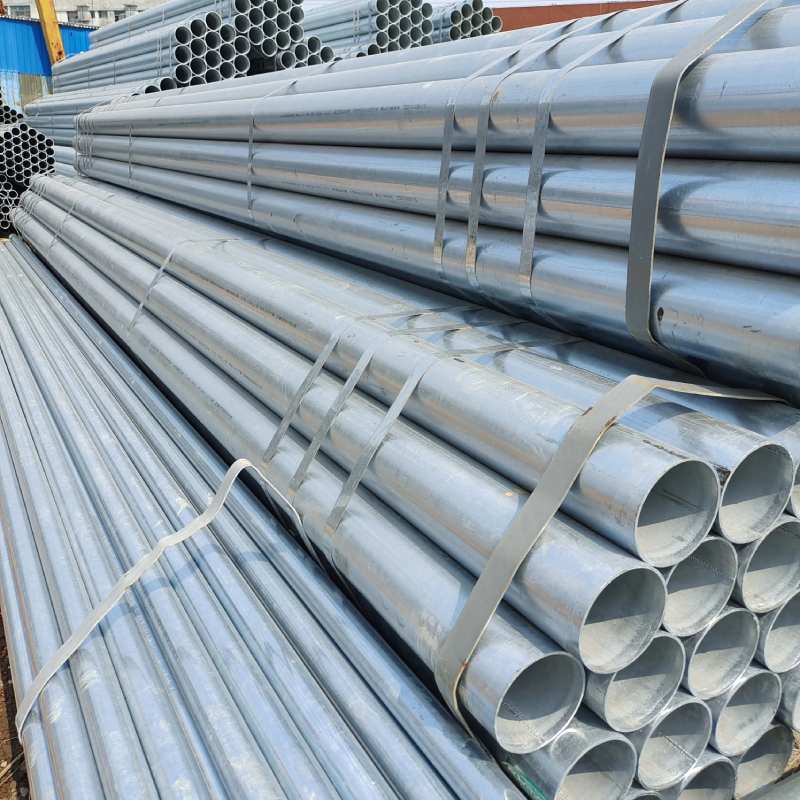-
Cangzhou Yulong Steel Co., Ltd.
-
Phone:
+86 13303177267 -
Email:
admin@ylsteelfittings.com
- English
- Arabic
- Italian
- Spanish
- Portuguese
- German
- kazakh
- Persian
- Greek
- French
- Russian
- Polish
- Thai
- Indonesian
- Vietnamese
- Zulu
- Korean
- Uzbek
- Hindi
- Serbian
- Malay
- Ukrainian
- Gujarati
- Haitian Creole
- hausa
- hawaiian
- Hebrew
- Miao
- Hungarian
- Icelandic
- igbo
- irish
- Japanese
- Javanese
- Kannada
- Khmer
- Rwandese
- Afrikaans
- Albanian
- Amharic
- Armenian
- Azerbaijani
- Basque
- Belarusian
- Bengali
- Bosnian
- Bulgarian
- Catalan
- Cebuano
- China
- China (Taiwan)
- Corsican
- Croatian
- Czech
- Danish
- Esperanto
- Estonian
- Finnish
- Frisian
- Galician
- Georgian
- Kurdish
- Kyrgyz
- Lao
- Latin
- Latvian
- Lithuanian
- Luxembourgish
- Macedonian
- Malgashi
- Malayalam
- Maltese
- Maori
- Marathi
- Mongolian
- Myanmar
- Nepali
- Norwegian
- Norwegian
- Occitan
- Pashto
- Dutch
- Punjabi
- Romanian
- Samoan
- Scottish Gaelic
- Sesotho
- Shona
- Sindhi
- Sinhala
- Slovak
- Slovenian
- Somali
- Sundanese
- Swahili
- Swedish
- Tagalog
- Tajik
- Tamil
- Tatar
- Telugu
- Turkish
- Turkmen
- Urdu
- Uighur
- Welsh
- Bantu
- Yiddish
- Yoruba

Aug . 01, 2024 06:41 Back to list
Exploring Various Flange Types and Their Applications in Piping Systems for Enhanced Performance
Different Types of Flanges Used in Piping
Flanges play a crucial role in piping systems by facilitating connections between pipes, valves, pumps, and other equipment. They provide a reliable means of joining components, allowing for easy maintenance, repair, and modification of piping systems. In this article, we will explore the different types of flanges commonly used in piping applications, their characteristics, and their specific uses.
1. Weld Neck Flanges
Weld neck flanges are characterized by a long tapered hub that provides a strong and permanent joint when welded to the end of a pipe. This type of flange is ideal for high-pressure applications due to its ability to withstand high stress concentrations. The design of weld neck flanges also allows for smooth flow and reduced turbulence, making them suitable for fluid services that require minimal pressure drop.
2. Slip-On Flanges
Slip-on flanges are designed to fit over the end of a pipe, making them easy to install. They are typically welded both on the inside and outside to ensure a secure connection. While slip-on flanges are straightforward to use and cost-effective, they are generally less robust compared to weld neck flanges and are best suited for lower-pressure applications.
3. Blind Flanges
Blind flanges are used to seal the end of a piping system, effectively blocking any flow. They have no central hole, making them an excellent choice for maintenance and inspection points. Blind flanges are commonly used in high-pressure and high-temperature applications where a secure seal is essential.
different types of flanges used in piping

Socket weld flanges feature a socket in which the pipe is inserted before welding. This type of flange is commonly used for small-diameter pipes and is particularly effective in high-pressure systems. The connection is strong due to the geometry of the socket, and like weld neck flanges, they provide a smooth transition for fluid flow.
5. Threaded Flanges
Threaded flanges come with internal threads that allow them to be screwed onto the ends of pipes. This type of flange is convenient when welding is not possible. While they are easy to install, threaded flanges are generally limited to lower pressure and temperature applications. They are often used in installations where the piping may need to be dismantled frequently.
6. Lap Joint Flanges
Lap joint flanges are used in conjunction with a stub end. The stub end is welded to the pipe, and the flange is then free to rotate around the stub end. This design allows for easier alignment of the flanges, making lap joint flanges a preferred choice for systems that require frequent disassembly and reassembly.
7. Orifice Flanges
Orifice flanges are specialized flanges that integrate pressure measurement devices. They have holes drilled into their structure to accommodate flow measurement equipment, making them essential in flow monitoring applications. These flanges are commonly used in the oil and gas industry and other sectors requiring precise fluid measurements.
Conclusion
Choosing the right type of flange for a piping system is crucial for ensuring safety, reliability, and efficiency. Each flange type has its unique attributes, advantages, and limitations, making them suitable for different applications. Understanding these distinctions helps engineers and designers select the appropriate flange type, ensuring optimal performance and longevity of piping systems. Whether it's for high-pressure applications or simple connections, the diverse range of flanges available today ensures that there is a solution for every piping need.
Latest news
-
ANSI 150P SS304 SO FLANGE
NewsFeb.14,2025
-
ASTM A333GR6 STEEL PIPE
NewsJan.20,2025
-
ANSI B16.5 WELDING NECK FLANGE
NewsJan.15,2026
-
ANSI B16.5 SLIP-ON FLANGE
NewsApr.19,2024
-
SABS 1123 FLANGE
NewsJan.15,2025
-
DIN86044 PLATE FLANGE
NewsApr.19,2024
-
DIN2527 BLIND FLANGE
NewsApr.12,2024
-
JIS B2311 Butt-Welding Fittings LR/SR 45°/90° /180°Seamless/Weld
NewsApr.23,2024











